-

Bis(ethylcyclopentadienyl)ruthenium(II) CAS:32992-96-4
Bis(ethylcyclopentadienyl)ruthenium(II), also known as Ru(EtCp)2, is an organometallic compound containing a ruthenium atom coordinated to two ethylcyclopentadienyl ligands. It is a versatile compound with various applications.
-

Dichloro(1,5-cyclooctadiene)ruthenium(II) CAS:50982-13-3
Dichloro(1,5-cyclooctadiene)ruthenium(II), also known as Ru(cod)Cl2, is a coordination complex of ruthenium with two chloride ions and a cyclooctadiene ligand. It is a yellow crystalline solid that is of interest due to its unique properties and potential applications.
-

Chloroaminodiphenylethylpentafluorophenylksulfonyl)amido((p-cymene)ruthenium(II)) CAS:1026995-71-0
Chloroaminodiphenylethylpentafluorophenylksulfonyl)amido((p-cymene)ruthenium(II) is a complex compound containing ruthenium as the central metal atom. It is commonly used as a catalyst in various organic synthesis reactions due to its unique structure and properties.
-
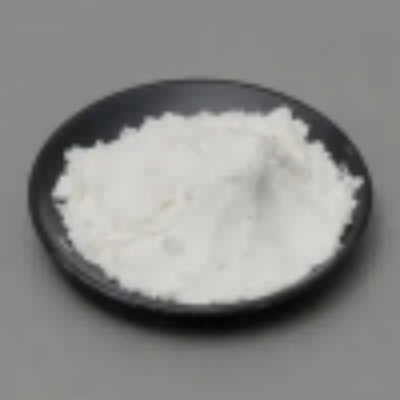
Dirhodium tetraacetate CAS:15956-28-2
Dirhodium tetraacetate, also known as dirhodium(II) tetraacetate, is a chemical compound with the formula Rh2(O2CCH3)4. It is a coordination complex of rhodium with acetate ligands, and it is of interest in the field of inorganic chemistry and catalysis due to its unique properties and potential applications.
-
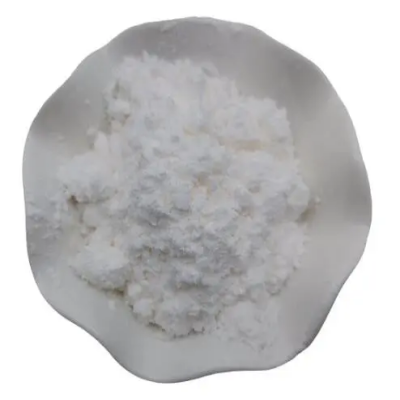
Rhodium dicarbonyl-2,4-pentanedionate CAS:14874-82-9
Rhodium dicarbonyl-2,4-pentanedionate is a coordination complex containing rhodium with dicarbonyl and 2,4-pentanedionate ligands. It is utilized as a catalyst in organic synthesis reactions, particularly in homogeneous catalysis, promoting various chemical transformations such as hydrogenation, hydrosilylation, and hydroformylation reactions. Additionally, it is employed in the production of fine Rhodium dicarbonyl-2,4-pentanedionate, pharmaceuticals, and advanced materials.
-
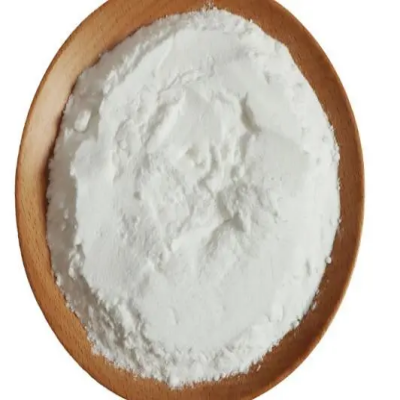
Rhodium(III) 2-ethylhexanoate CAS:20845-92-5
hodium(III) 2-ethylhexanoate is a coordination complex of rhodium with 2-ethylhexanoate ligands. This compound is commonly used as a catalyst in various organic synthesis reactions due to its unique properties and reactivity.
-
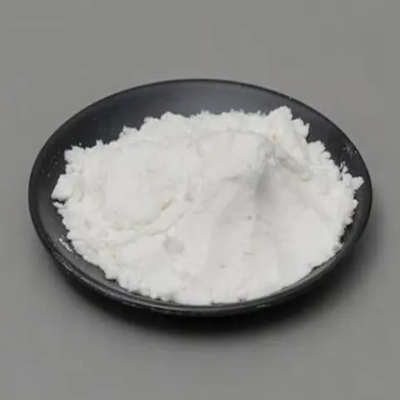
Rhodium(III) chloride hydrate CAS:20765-98-4
Rhodium(III) chloride hydrate, otherwise referred to as rhodium trichloride trihydrate, carries the chemical formula RhCl3·3H2O. This substance contains three molecules of water bound tightly by hydrogen bonding.
-
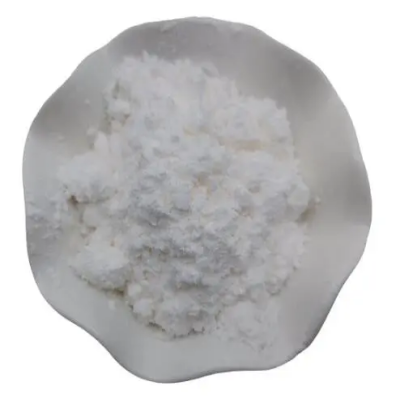
Tris(2-phenylpyridine)iridium CAS:94928-86-6
Tris(2-phenylpyridine)iridium, commonly abbreviated as Ir(ppy)3, has various other designations including Iridium, tris(2-phenylpyridine); fac-tris(2-phenylpyridine) iridium; or simply TIPP (Triplet Energy Transfer). This complex salt contains one central ionized metallic element with +3 charge surrounded by six ligands in its octahedral coordination environment. The ligand consists of two nitrogen atoms from each pyrido ring along with four carbon atoms forming benzene rings attached to those pyrido units. These special structural arrangements result in unique properties that allow this product to be utilized across diverse fields.
-
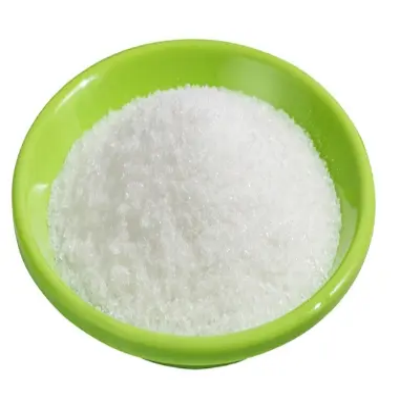
Rhodium(III) iodide CAS:15492-38-3
Rhodium(III) iodide is a chemical compound with the formula RhI3. It is a dark red solid that is sparingly soluble in water and commonly used in the field of catalysis and materials science. Rhodium(III) iodide is known for its catalytic properties and is often utilized in various organic synthesis reactions, including C-C and C-N bond formation, as well as hydrogenation and hydrosilylation reactions.
-
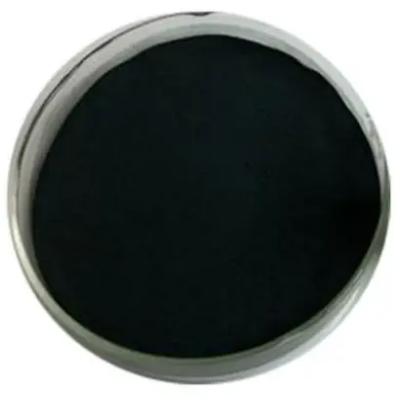
Iridium(III) chloride CAS:10025-83-9
Iridium (III) chloride, with the chemical formula IrCl3, is a compound widely used in a variety of industrial and research applications. It is a deep red solid that is soluble in water and polar solvents. Iridium (III) chloride is known for its stability and unique coordination chemistry, making it a valuable tool for the synthesis of iridium-containing materials and catalysts. In organic synthesis, it is often used as a catalyst for various chemical reactions, especially in the production of fine chemicals and pharmaceuticals.
-

Iridium(III) acetate CAS:15635-87-7
Iridium(III) acetate, with the chemical formula Ir(CH3COO)3, is a chemical compound that is widely used in various industrial and research applications. It is a bright yellow solid that is soluble in polar solvents. Iridium(III) acetate is known for its stability and unique coordination chemistry, making it a valuable tool in the synthesis of iridium-containing materials and catalysts. It is often employed in organic synthesis as a catalyst for various chemical reactions, particularly in the production of fine chemicals and pharmaceuticals. Additionally, iridium(III) acetate is utilized in the field of materials science, where it is used in the development of advanced materials and nanotechnology.
-
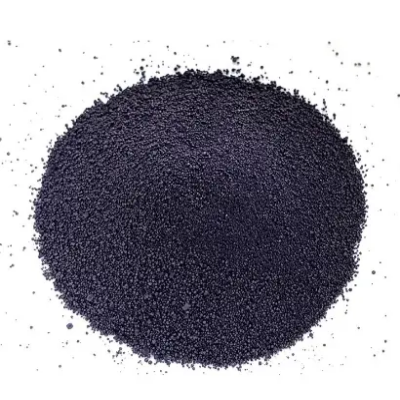
Iridium(IV) oxide CAS:12030-49-8
Iridium(IV) oxide is a chemical compound with the formula IrO2. It is a black solid that is insoluble in water. Iridium(IV) oxide is a member of the platinum group metals and is known for its high melting point and resistance to corrosion. It is commonly used as a catalyst in various chemical reactions, and it has applications in the field of electrochemistry, where it is used in the production of electrodes for electrolysis and other processes.

